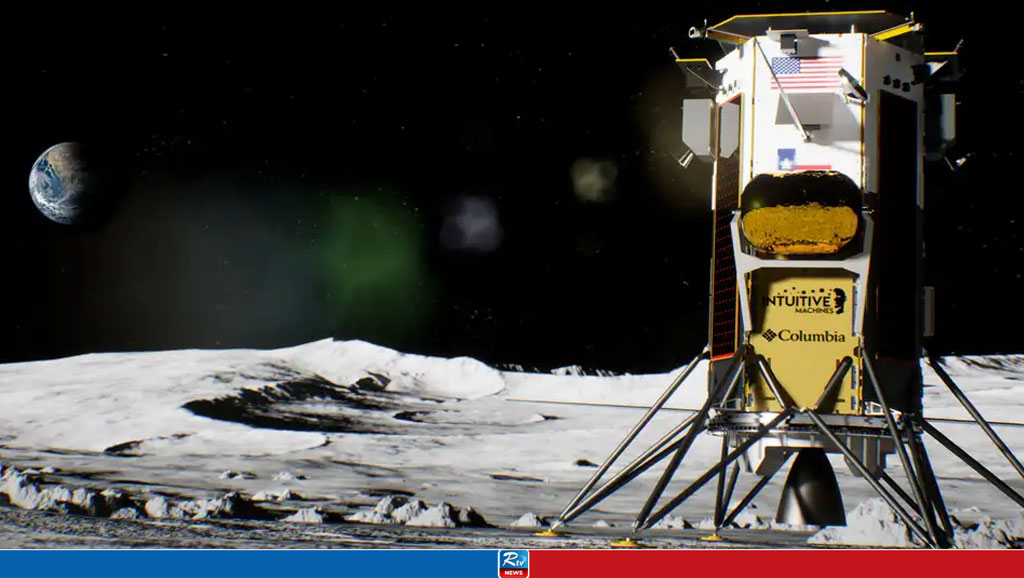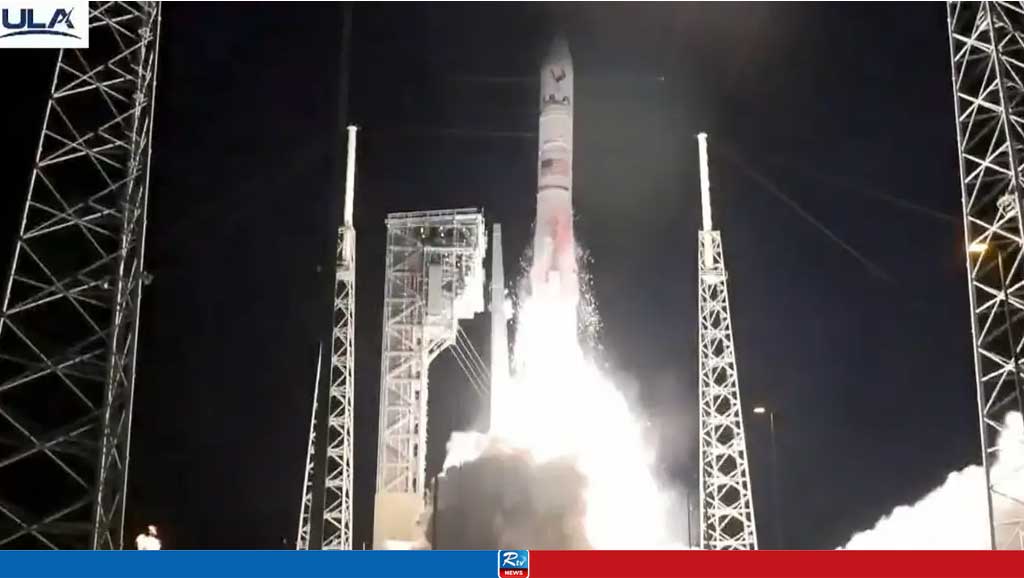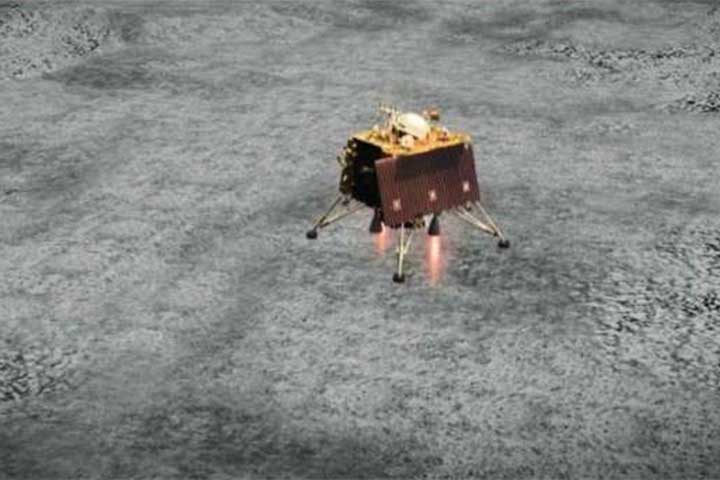Odysseus moon lander tipped sideways but 'alive'
The first private spacecraft to land on the moon, Odysseus, tipped over on its side during landing. However, the vehicle is alive and responsive.
The Odysseus moon lander — now the first private spacecraft to reach the lunar surface — tipped over on landing but is "alive and well," the company behind the vehicle said on Friday.
The lander is said to have caught one of its six feet on the moon's surface during its final descent, tipped over and come to rest sideways, possibly leaning against a rock, an analysis by flight engineers showed, according to Houston-based Intuitive Machines.
It was initially thought to have landed upright after Thursday'snail-biting touchdown.
Odysseus — the first US lunar lander in over 50 years — is currently close to its intended landing site near the Malapert A crater, some 200 miles (300 kilometers) to the south pole.
NASA, Intuitive Machines' main customer, aimed for it to get as close as possible to the pole to scout out the region before astronauts attempt a landing later this decade.
Receptive to communications
"Odysseus is alive and well," the company's account said earlier on Friday on the social media website X, formerly Twitter.
Despite being in a far from ideal position, five of the six NASA science and technology payloads were mounted on portions of the vehicle left exposed and receptive to communications, "which is very good for us," chief executive officer Stephen Altemus said.
"We do have communications with the lander," he said, adding that ground crew were working to obtain the first photo images from the lunar surface from the landing site. However, the communication was limited since two of the lander's antennas were pointing toward the surface.
"We think we can meet all the needs of the commercial payloads" as well, Altemus said.
Intuitive Machines mission director Tim Crain said he believed that the payloads aboard the lander would be able to operate for about nine or 10 days, after which solar power would run out when the sun sets on the landing site.
The race to the moon
A total of five countries, including the United States, Japan and India, have managed to land on the lunar surface so far, with several others like South Korea trying. Japan was the latest country to score a landing, but its lander also ended up on its side last month.
Last August, India landed its Chandrayaan-3 probe near the moon's south pole, marking a historic touchdown. The country has announced plans to set up a space station by 2040.
24 Feb 2024,17:30
















 Live Tv
Live Tv


